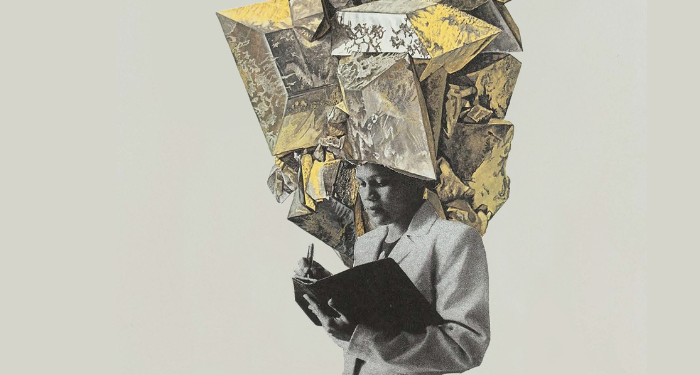This content contains affiliate links. When you buy through these links, we may earn an affiliate commission.
In anthropology, studying the “other” in their society is a basic tenet of the scholarly field. The founder of anthropology and the credited inventor of ethnography was Bernardino de Sahagún. As a Spanish Franciscan friar, he participated in colonialist Catholic conversion in Southern America. His General History of the Things of New Spain is an important document of the people and customs of Mexico during the Spanish Conquest. Though this is an important text in the founding of ethnography, it’s necessary to understand that ethnography was initially a practice for assessing Indigenous cultures as strange and not up to date with the Western world. For years, the practice of ethnography was about a researcher going to far-off, secluded area and studying a “strange” people so they could bring these insights back to their university. So, what is autoethnography?
As the field advanced, researchers understood that observation itself affected the way the observed would act. Including the subjectivity of the anthropologist is both a more honest portrayal of the research method and an effective assessment of our own place within a culture. The definition is focused on the importance of the personal: “autoethnography is a method of research that involves describing and analyzing personal experiences in order to understand cultural experiences…Autoethnography acknowledges and accommodates subjectivity, emotionality, and the researcher’s influence on research.”


My introduction to autoethnography in college was the book Animacies: Biopolitics, Racial Mattering, and Queer Affect by Mel Y. Chen. Weaving together multiple strands of critical theory, Chen uses their body as a space of study for racial politics, disability, and queer identity. It was exciting to me as a student that a serious academic could treat their own self as an important facet of their research.
Books that straddle the line between nonfiction and memoir are clearly pulling from the style of academic autoethnography. Essay collections that assess cultural concepts in addition to the author’s personal life are very common, and these have an autoethnographic feel to them because the author is honest about how they were drawn to this topic and why it matters to them to assess it.
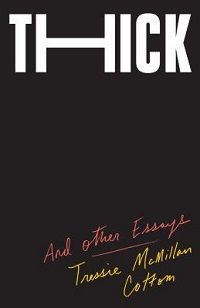

Memoir and nonfiction that blend social commentary and personal stories are a kind of autoethnographic approach because they allow the writers to dive deeper into things that interest them. White Girls by Hilton Als is emblematic of this approach because he blends his own gaze with the assessment of how white femininity is constructed in our society. As a cultural critic, he takes his gaze inward and outward in this work. Similarly, Thick: And Other Essays by Tressie McMillan Cotton presents a multi-faceted essay collection of deep scholarship and personal stories.
Trend-naming, as I’m doing here, is as influenced by my personal reading experience as it is by a quantifiable number of books with this style. My subjective experience tells me that there are fewer differences between academic writing and mainstream essay collections than the Ivory Tower would have us believe. Like all writers, I have skin in the game. I want the boundaries between the academic and the mainstream to be less stringent. Writers who are upfront about their motivations and what drives them can teach the rest of us how to pursue our interests and contextualize them in cultural history.
Recent Autoethnographic Memoir and Essay Collections
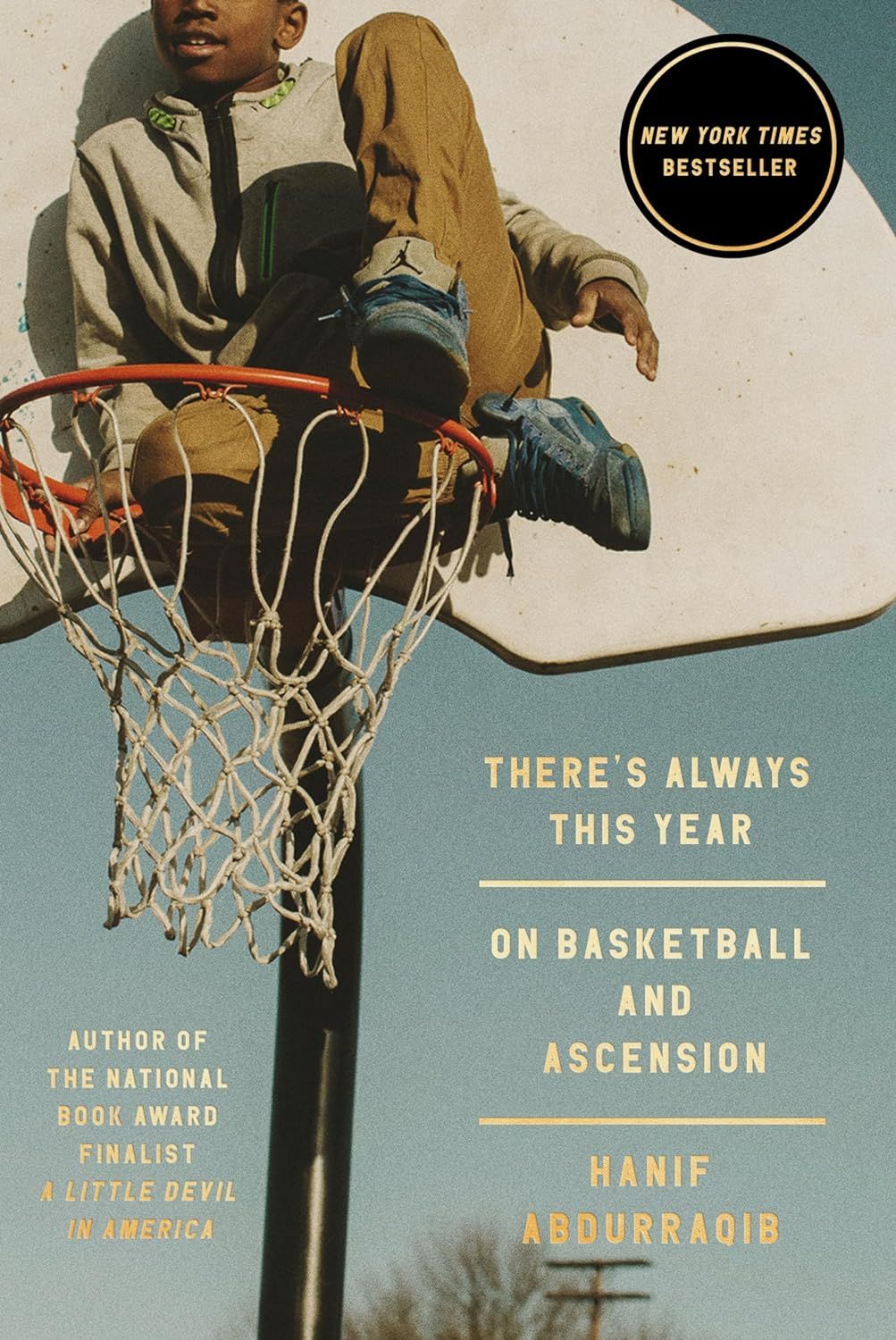

There’s Always This Year: On Basketball and Ascension by Hanif Abdurraqib
In his most recent essay collection, Hanif Abdurraqib uses basketball as a jumping-off point for discussions of history, culture, and racial politics. Basketball was an animating force for him in the 1990s, and he uses that interest as an entry point to various aspects of American culture. His love of basketball also motivates his writing about love throughout his life.
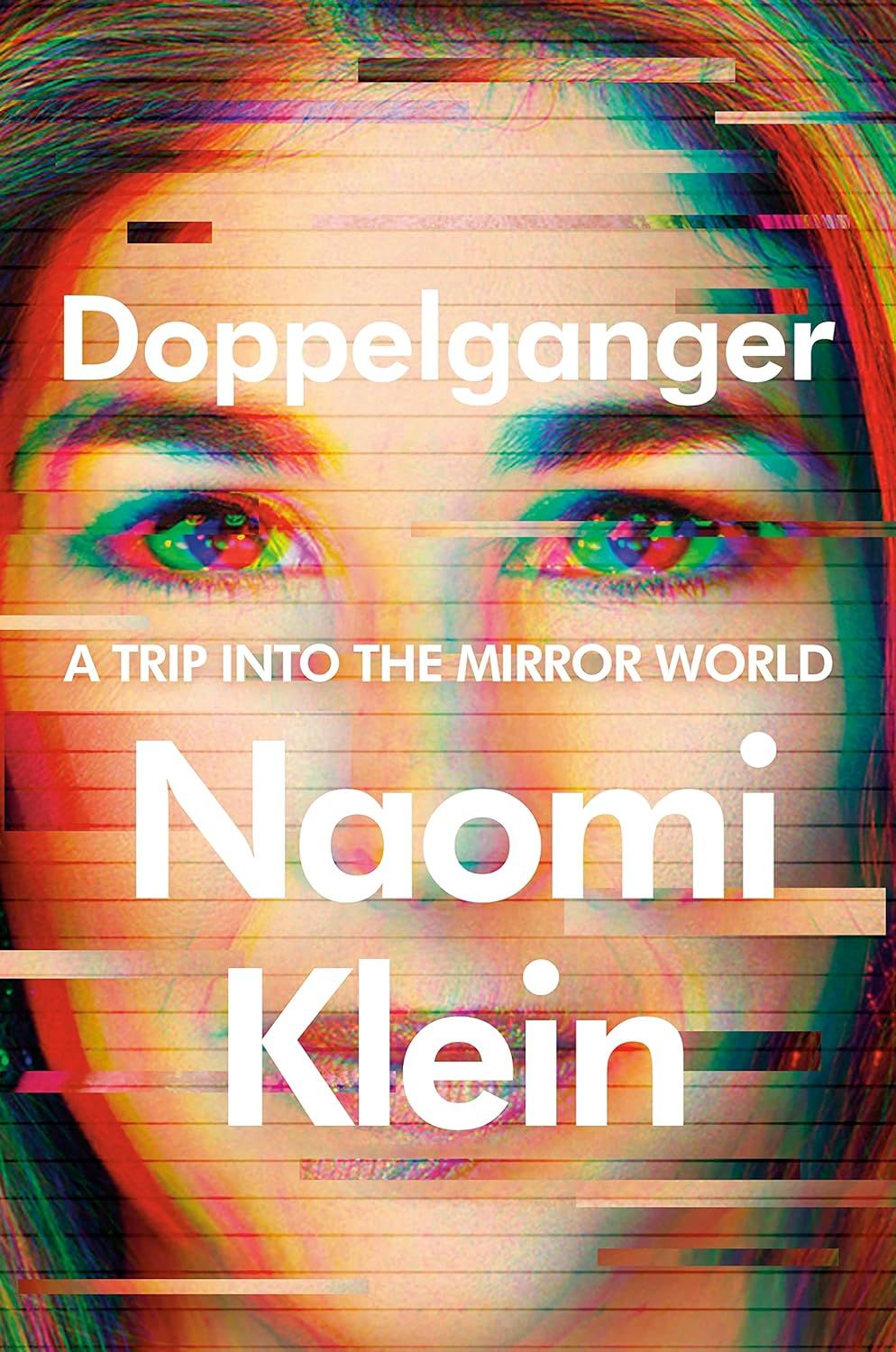

Doppelganger: A Trip into the Mirror World by Naomi Klein
Naomi Klein clearly articulates her motivation behind this work early on: she was so often mistaken for the writer Naomi Wolf that she was losing the boundaries of her own self. This led her down a path of research into various fringe communities: alt-right, anti-vax, and New Age conspiracists. She uses the figure of the doppelganger to explore multiple historical moments where politics were destabilized, and marginalized people have been scapegoated.
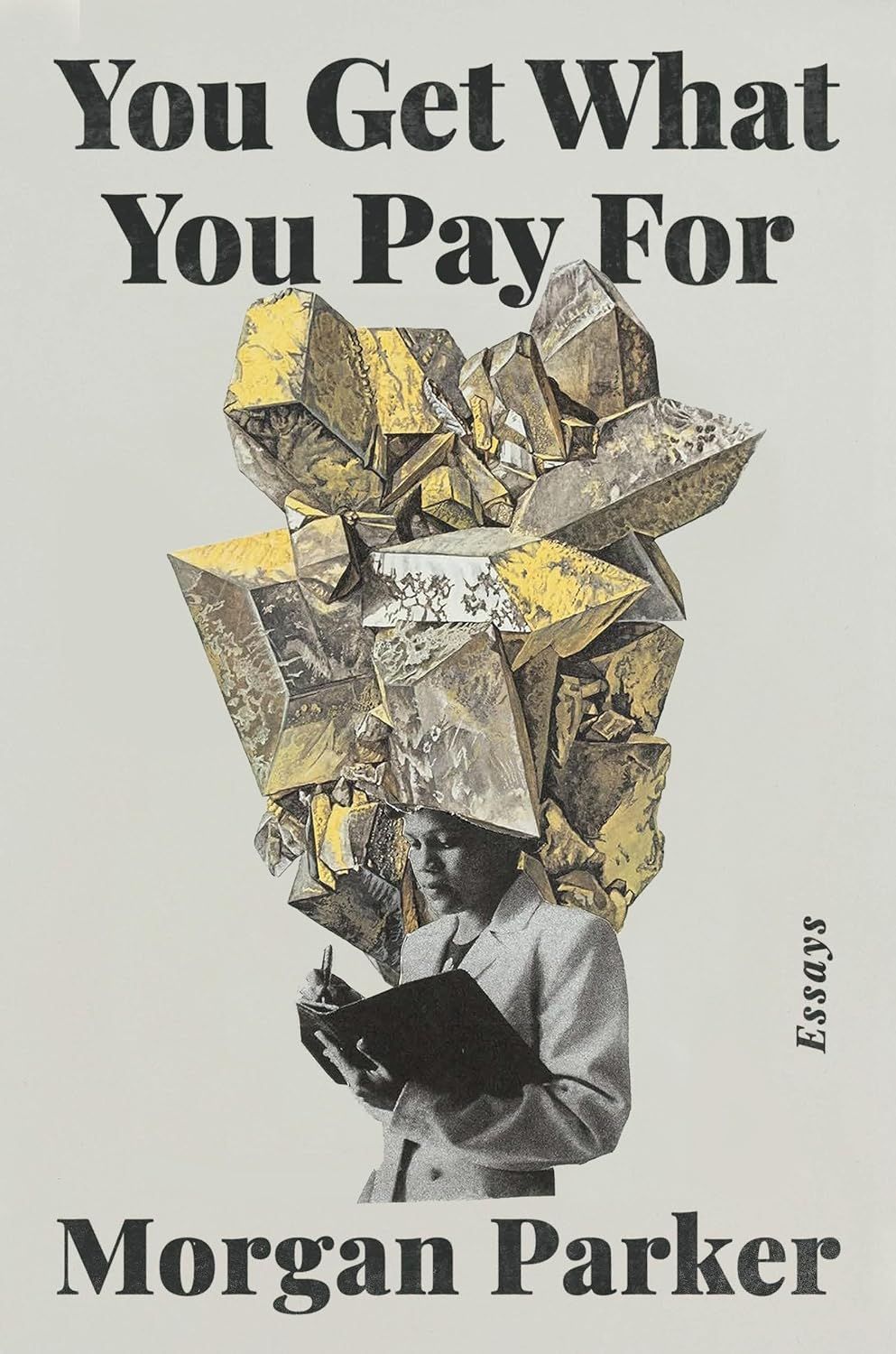

You Get What You Pay For by Morgan Parker
Instead of being able to celebrate her success, Morgan Parker feels an intense sense of alienation. She uses this book as a space to unpack and understand through therapy sessions and historical analysis. She assesses the public perceptions of famous Black Americans, contrasts them with the history of the treatment of Black people in America, and finally arrives back at herself and what all of this means for how she moves through the world.
If you’re still looking to read more about other people through essays and history, you can dive into a list of great essay collections, the best nonfiction books of 2024 so far, and memoirs.


